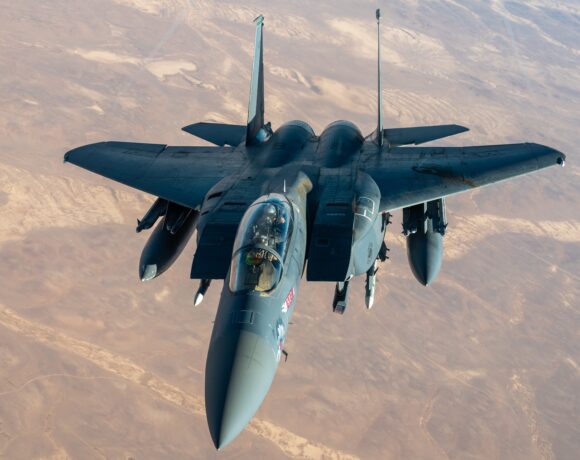European Arms Imports Rise With Heightened Global Tensions

The US Is The World’s Leading Arms Supplier
European nations have witnessed a staggering 100% increase in significant arms imports. According to the latest data from the Stockholm International Peace Research Institute (SIPRI), this surge coincides with heightened global tensions from 2014-18 to 2019-23.
In contrast, the United States and France experienced significant upticks in arms exports, while Russia faced a stark decline.
The United States, in particular, expanded its arms exports by 17% during the same period, solidifying its position as the world’s leading arms supplier.
France, closely following, saw a notable 47% surge in exports, surpassing Russia to become the second-largest arms exporter.
Russia, facing a drastic 53% reduction in arms exports, now ranks third among global exporters. This sharp decline underscores shifting dynamics in the international arms trade, potentially reshaping geopolitical alliances and strategies.
US Reliance
European nations, heavily reliant on US arms, saw over half of their imports originating from the US, marking a significant shift from previous years.
France and Germany, among others, also played crucial roles in supplying arms within the region.
The Middle East, a hotspot for arms imports, witnessed a steady flow of weaponry from the USA and Europe. Regional tensions fuelled by conflicts in Yemen and elsewhere drove this demand, with Saudi Arabia and Qatar emerging as significant importers.
The USA dominated arms supplies in Asia and Oceania, surpassing Russia and China. India, the world’s largest arms importer, continued diversifying its sources, reducing its reliance on Russian arms.
Meanwhile, Africa experienced a decline in arms imports, with notable reductions in North Africa. China’s growing influence in sub-Saharan Africa reshaped arms procurement patterns in the region.
These developments underscore the evolving landscape of global arms trade, reflecting geopolitical shifts and regional tensions.
As significant powers recalibrate their military strategies, the ramifications of these trends are likely to reverberate across international relations.
The SIPRI Arms Transfers Database provides comprehensive insights into international arms transfers since 1950, offering invaluable data for understanding global security dynamics.
Featured image: Navy Seamen Perla Prado and Jaylone Briones prepare to load weapons onto an F/A-18E Super Hornet aboard the USS Abraham Lincoln in the Pacific Ocean on January 31, 2024. Credit: US Navy Petty Officer 2nd Class Clayton A. Wren













